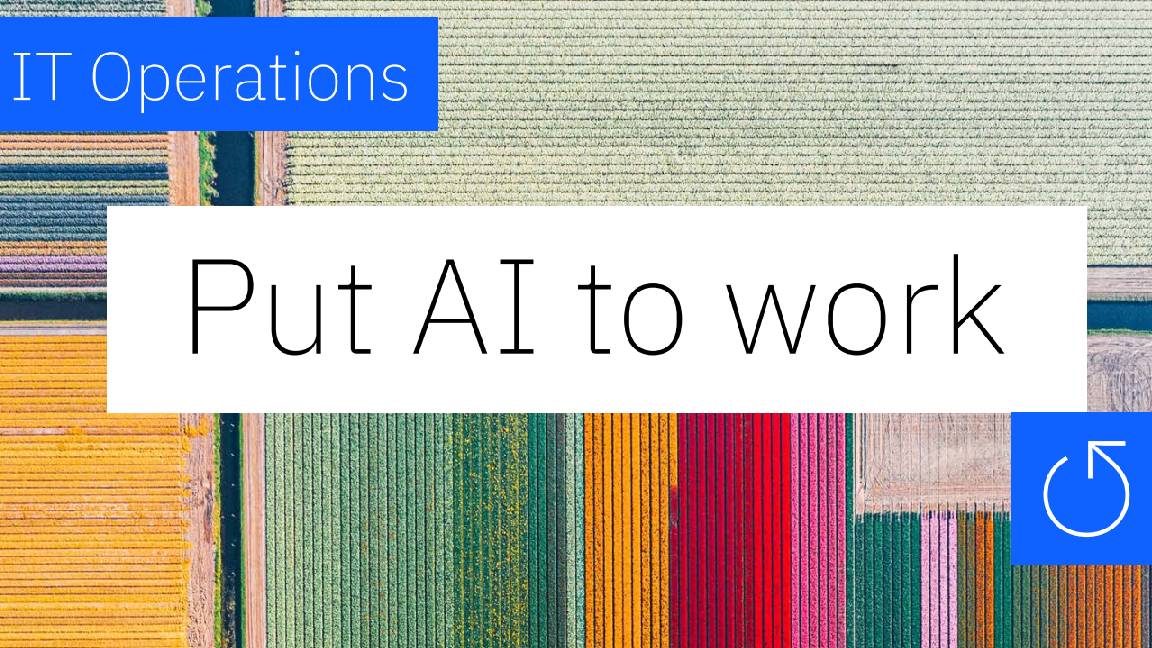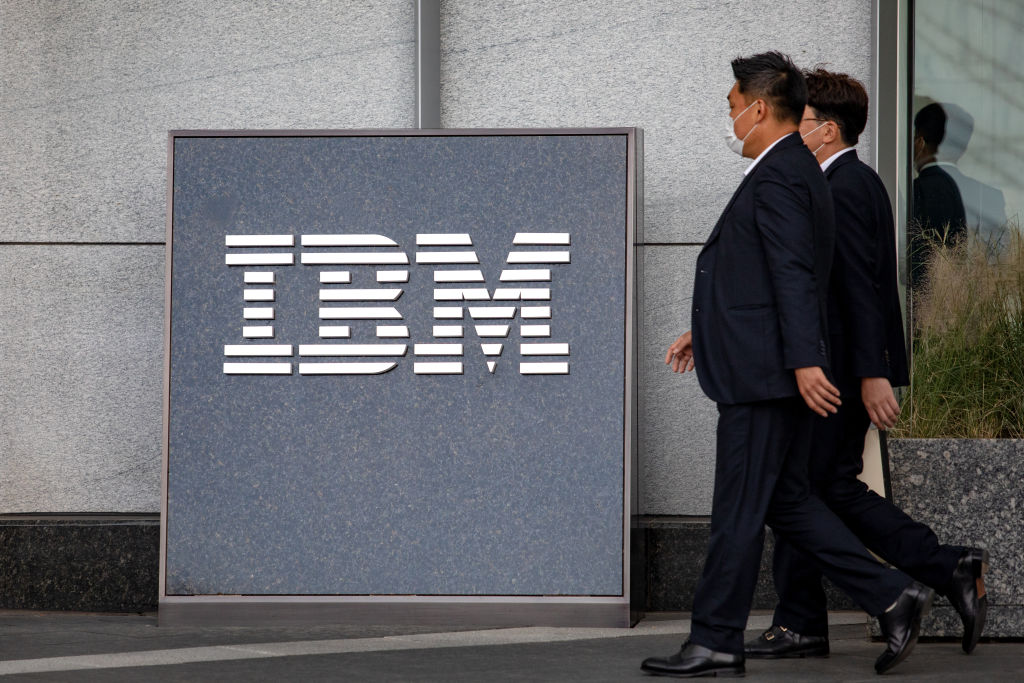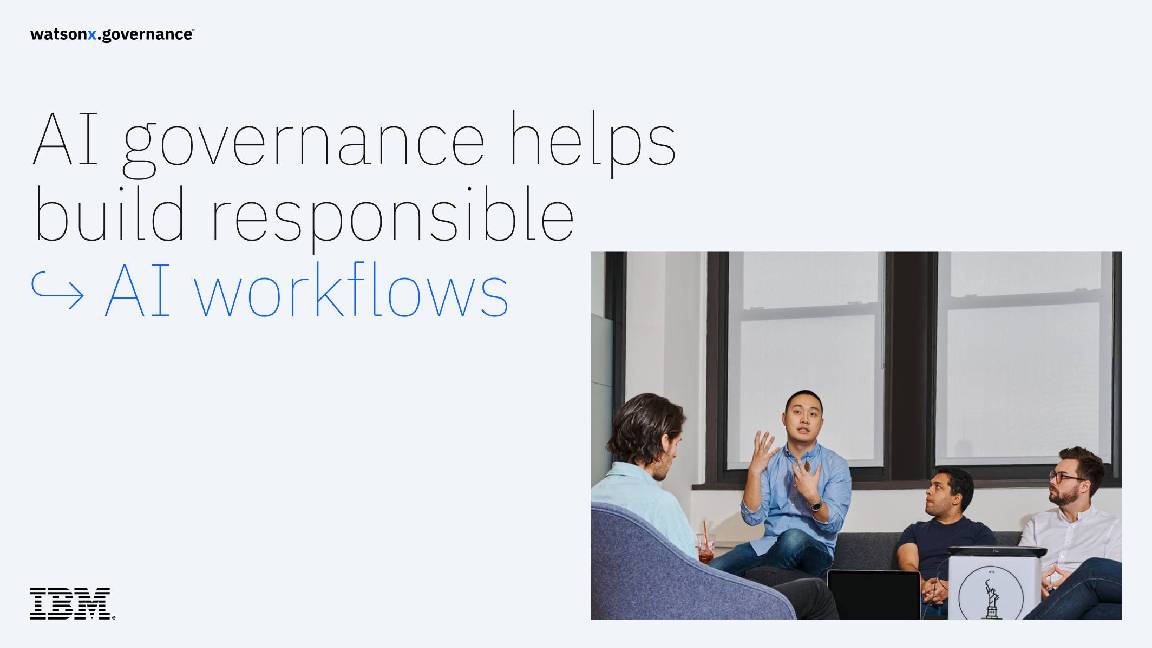IBM and SoftLayer: What a difference a year makes
It’s just over a year since IBM acquired SoftLayer. How has the move shaped IBM’s cloud strategy and how are customers benefitting?

A year is a long time in the fast-paced, super highway that is the IT industry. So much can change, so quickly it can be hard to keep up.
Certainly, when it comes to acquisitions, the first year is very much make or break. The whole world is looking at the acquirer and the acquired to see whether life was better before or will be much better post-acquisition.
IBM's $2 billion acquisition of the world's largest privately held cloud infrastructure provider, SoftLayer Technologies, is a case in point. Cast your mind back to June 2013 when the firm announced plans to acquire the dedicated server, managed hosting and cloud computing provider.
IBM's smart cloud initiative had been in place for some time prior to the acquisition, but the purchase was viewed as a turning point in the company's direction. And for a company that has morphed, butterfly-like during its 100-plus-year-long history, such statements are not made lightly.
It was touted by IBM leadership at the time as a move that would bolster the firm's standing in the cloud market and give customers more of what they want and need.
"As businesses add public cloud capabilities to their on-premise IT systems, they need enterprise-grade reliability, security and management. To address this opportunity, IBM has built a portfolio of high-value private, public and hybrid cloud offerings , as well as software-as-a-service business solutions," Erich Clementi, senior vice president of IBM Global Technology Services, said at the time the deal was announced.
"With SoftLayer, IBM will accelerate the build-out of our public cloud infrastructure to give clients the broadest choice of cloud offerings to drive business innovation... SoftLayer is a perfect fit for IBM. It will help us smooth the transition of our global clients to the cloud faster, while enabling IBM to more efficiently offer them its broad portfolio of open IT infrastructure and software services."
IBM gained breadth and expertise, while SoftLayer was able to extend its reach into the enterprise market. It was a win/win scenario for everyone concerned.
"SoftLayer has a strong track record with born-on-the-cloud companies, and our move today with IBM will rapidly expand that footprint globally as well as allow us to go deep into the large enterprise market," said Lance Crosby, CEO of SoftLayer. "The compelling opportunity is connecting IBM's geographic reach, industry expertise and IBM's SmartCloud breadth with our innovative technology. Together SoftLayer and IBM expand their reach to new clients both born-on-the-cloud and born-in-the-enterprise."
The humble datacentre is core to how successful the transition has been. Prior to becoming part of IBM, SoftLayer served more than 20,000 customers thanks to its global estate of 13 datacentres based in Asia, Europe and the US. Its reach is now far, far greater.
As data sovereignty becomes increasingly important to organisations when choosing a cloud provider, the IBM/SoftLayer blend has gained popularity. In early 2014, IBM penned an open letter to customers past, present and future to provide greater transparency as to how it handles data and the importance it places on the trust it is afforded by users.
Building on this foundation of data-centric trust, IBM has invested $1.2 billion in expanding SoftLayer's global datacentre footprint. Indeed, by 2015, its presence will span 40 locations in 15 countries around the world.
In July 2014, almost bang on the one-year anniversary of the acquisition, SoftLayer announced it had opened its second datacentre in Europe. This London location joined Amsterdam as a hub for the firm's EMEA cloud business. It was touted as giving businesses "a global platform with a local address," in a SoftLayer blog post.
Further investment ($1 billion) has been ploughed into creating a Watson business unit with Watson running on SoftLayer, with the same amount again being used to establish PaaS Bluemix to ensure developers can continue to create innovative cloud apps that run on SoftLayer.
In May 2014, Mac Devine, IBM's CTO of cloud services talked about the benefits the acquisition had brought to the cloud industry and end-users alike.
"SoftLayer's dedicated bare metal offering and the ability to mix and match virtual and dedicated resources with single management represents an advantage against Rackspace and Amazon. SoftLayer's cloud infrastructure is 100 per cent automated with SoftLayer's proprietary management system, which is also a considerable advantage. From a connectivity perspective, its three-tier network architecture provides customers the ability to build out and manage their own global infrastructure without overly complex configurations or significant costs," he said.
"Meanwhile, the competitors have been providing services with slower response times at higher costs. All these advantages can be a game changer."
IBM now has more than 300 services within its Cloud Marketplace that are based on SoftLayer and big customer names making use of the platform include Daimler subsidiary moovel, Macy's , Virgin Atlantic, Whirlpool, Wimbledon and more.
"When it comes to the EMEA region, SoftLayer's largest customer base is in the UK. For the last two and a half years I've been visiting London quite frequently, and I've met hundreds of customers who are ecstatic to finally have a SoftLayer datacentre in their own backyard. As such, I'm especially excited about this launch," Michalina Kiera, senior marketing manager at SoftLayer, EMEA, said in a blog post.
"A third of world's largest companies are headquartered in London, and with our new datacentre, we're able to serve them even more directly. London is also the biggest tech hub in-region and the biggest incubator for technology start-ups and entrepreneurs in Europe. These cloud-native organisations have been pushing the frontiers of technology, building their businesses on our internet-scale platform for years, so we're giving them an even bigger sandbox to play in."
The already large pool of UK customers benefiting from IBM's cloud portfolio is expected to grow further and quickly as a result of the locally situated datacentre.
London South Bank University (LSBU) is one such example. And not a small one either, for the academic institution has invested more than 14.8 million in IBM's Exceptional Student Experience designed to provide student-centric, personalised engagement - portfolio, which is built heavily on cloud infrastructure and the entire IT environment underpinned by SoftLayer.
"The key benefit of this change programme is that it will enable LSBU to identify students who require support to complete their studies, and underpin our platform to enable repeatable, predictable, reliable and scalable technology-enabled learning for our students at best value-for-money," said Phil Cardew, Pro Vice Chancellor at LSBU.
As part of the initiative, LSBU will gain access to the IBM Academic Initiative portal, which provides teachers and lecturers with curriculum guides, training materials and more for free. The portal is being used by three million students and 25,000 faculty staff spanning 5,000 institutions across the globe. The aim here is to not only equip educators with the tools they need to teach next-generation skills, but to also arm students with the thinking and practical know-how they will need when they enter the world of work.
"The use of big data, deep content analytics and social technologies delivered via SoftLayer's cloud holds the promise of enabling a truly personalised and exceptional educational experience, which has the potential to transform the entire education industry," said Michael D. King, Vice President, Global Education Industry at IBM.
"Education, to be effective, must become more personal, engaging, and efficient in education institutions of all shapes and sizes alike; we are excited to help LSBU embark on this journey of transformation."
The game certainly has changed. As competition has become fiercer and pricing wars have ensued, IBM has kept focused on its goal of giving customers more of what they want.
IBM has bolstered its partner network to the tune of 1,000 additional sign-ups. More than 300 services are now available on SoftLayer, including the recently announced development platform BlueMix.
"In its first year, SoftLayer has proven to be a pivotal acquisition for IBM Cloud. SoftLayer has quickly become the foundation of IBM's cloud portfolio anchoring our infrastructure, platform and software-as-a-service offerings and transforming the fortunes of many industry companies from web start ups to established enterprises looking for the speed, flexibility and security that hybrid cloud environments provide," Clementi added.
"Of all the options for public or private clouds in the market, IBM Cloud with all of its resources, assets and expertise is the logical choice for a world where the volume and complexity of data-rich workloads grows exponentially every day."
Since 2007, IBM has acquired 17 companies in the cloud space. Cloud income grew by 80 per cent in 2012 and the firm aims to generate $7 billion from cloud revenue annually by 2015. What it has gained and developed customers, solutions, expertise, kudos and more through the SoftLayer acquisition will be ever-more central to achieving that and other goals going forward.
Get the ITPro daily newsletter
Sign up today and you will receive a free copy of our Future Focus 2025 report - the leading guidance on AI, cybersecurity and other IT challenges as per 700+ senior executives
Maggie has been a journalist since 1999, starting her career as an editorial assistant on then-weekly magazine Computing, before working her way up to senior reporter level. In 2006, just weeks before ITPro was launched, Maggie joined Dennis Publishing as a reporter. Having worked her way up to editor of ITPro, she was appointed group editor of CloudPro and ITPro in April 2012. She became the editorial director and took responsibility for ChannelPro, in 2016.
Her areas of particular interest, aside from cloud, include management and C-level issues, the business value of technology, green and environmental issues and careers to name but a few.
-
 Should AI PCs be part of your next hardware refresh?
Should AI PCs be part of your next hardware refresh?AI PCs are fast becoming a business staple and a surefire way to future-proof your business
By Bobby Hellard Published
-
 Westcon-Comstor and Vectra AI launch brace of new channel initiatives
Westcon-Comstor and Vectra AI launch brace of new channel initiativesNews Westcon-Comstor and Vectra AI have announced the launch of two new channel growth initiatives focused on the managed security service provider (MSSP) space and AWS Marketplace.
By Daniel Todd Published
-
 Put AI to work for IT operations
Put AI to work for IT operationswhitepaper Reduce the cost and complexity of managing hybrid applications
By ITPro Published
-
 AI in the retail industry is spreading beyond the IT department
AI in the retail industry is spreading beyond the IT departmentNews AI has become a strategic imperative for retailers, delivering marked productivity gains
By Emma Woollacott Published
-
 Maximizing contact center operations with generative AI assistants backed by responsible AI principles
Maximizing contact center operations with generative AI assistants backed by responsible AI principleswhitepaper Reduce the cost and complexity of managing hybrid applications
By ITPro Published
-
 IBM just launched powerful new open source AI models – here’s what you need to know
IBM just launched powerful new open source AI models – here’s what you need to knowNews Available under the Apache 2.0 license, IBM's Granite 3.0 models are trained on enterprise data and can out-perform the competition
By Emma Woollacott Published
-
 Achieving business outcomes with generative AI
Achieving business outcomes with generative AIWebinar Take your hybrid cloud journey to the next level with generative AI
By ITPro Published
-
 Wimbledon’s new Catch Me Up AI feature promises to keep fans up to date at the tournament – after it irons out some of the wrinkles
Wimbledon’s new Catch Me Up AI feature promises to keep fans up to date at the tournament – after it irons out some of the wrinklesNews The latest feature to come out of IBM’s partnership with Wimbledon will keep fans engaged from the early stages right through to the final with dynamic player insights
By Solomon Klappholz Published
-
 AI demands new ways of data management
AI demands new ways of data managementwhitepaper The data leader’s guide for how to leverage the right databases for applications, analytics and generative AI
By ITPro Last updated
-
 AI governance for responsible transparent and explainable AI workflows
AI governance for responsible transparent and explainable AI workflowswhitepaper Build greater trust in your AI
By ITPro Published
